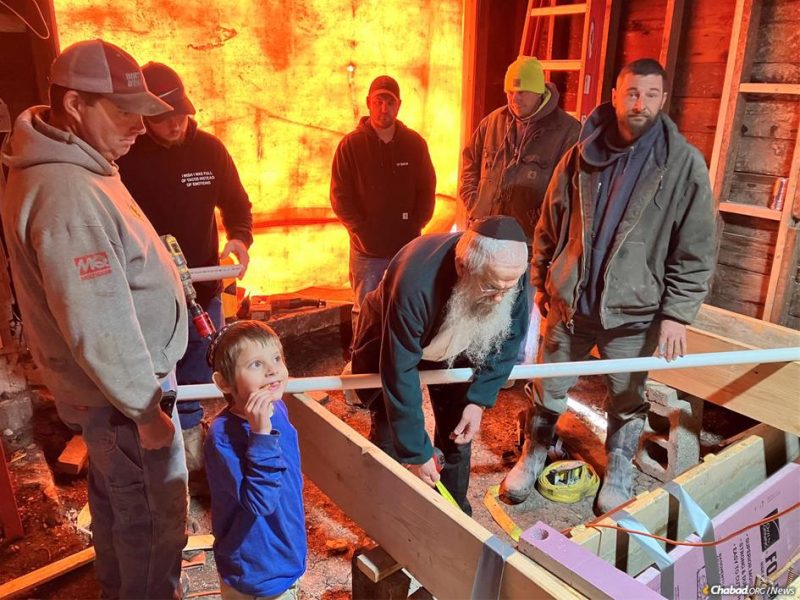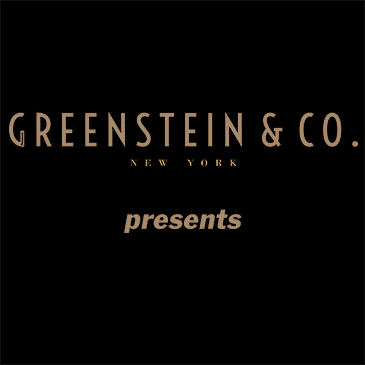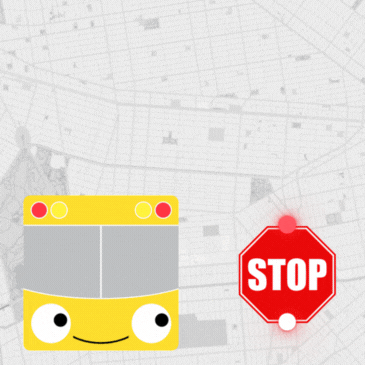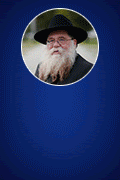
North Dakota’s New Mikvah Returns Pillar of Jewish Life to Northern Plains
by Mendel Scheiner – chabad.org
When the new mikvah opens in early summer in Fargo, N.D., it will be the first one in the northern plains for more than half a century.
Until now, Jewish women in North Dakota seeking to fulfill the mitzvah of Family Purity faced a four-hour journey due north to reach the mikvah there for their immersion.
“Sharing the mitzvah of mikvah has been challenging, considering it may involve finding childcare and navigating border crossings into Canada, being that Winnipeg is the closest community to ours with a mikvah,” explains Esti Grossman, co-director of the Chabad-Lubavitch Jewish Center of North Dakota.
When she and her husband, Rabbi Yonah Grossman, moved to Fargo in 2011 to strengthen Jewish life in the area, a mikvah was already on the planning board. In 2019 the opportunity to purchase the old Ronald McDonald House as a home for the Chabad Center surfaced. They seized it without hesitation, in part because it had the space necessary to build a mikvah and return this cornerstone of Judaism to North Dakota.
“Finally, we will have a mikvah of our own that is accessible to the whole community. It will enable us to help bring the mitzvah of mikvah to the whole North Dakota,” Esti Grossman tells Chabad.org.
The generous aid from individual donors, families and supporters reveals the vitality of North Dakota’s Jewry and their devotion to Jewish perpetuity. Streamlined by a grassroots $100,000 campaign, construction is nearly finished, with the opening expected this summer, giving Jewish families across the state the ability to live a Jewish life without compromise.
Most would be surprised to learn that this isn’t the first mikvah in North Dakota history. When speaking to Rabbi Grossman, you can hear how he continues to be inspired by the pioneering Jews who came before him, especially a man named Harry Turnoy.

The Mikvahs of North Dakota
The Homestead Act of 1862 was passed by Congress in a bid to boost settlement and the cultivation of land in the American West, far from the populated urban centers. The act provided claimants, citizens and foreigners that had “never borne arms against the U.S. government” with 160 acres of public land out West. The newcomers had to live on the land and make improvements to it over a period of five years, after which they received full ownership of it.
Drawn by the prospect of cheap, expansive land free from oppression, many Jewish families fleeing the antisemitism of Europe sought refuge in North Dakota, where they settled down to cultivate the silent prairies.
Harry Turnoy arrived on the plains of North Dakota in 1905, spurred by persecution of the Jewish community in Warsaw, with a vision not only to rebuild his life but to preserve the sanctity of Jewish tradition in a new land. On his homestead close to the city of Wilton, he constructed a mikvah for his wife, Gittel, housed in a modest wooden structure beside the family windmill.
“Escaping Europe was a matter of life and death,” says Rabbi Grossman. “After braving his way across the ocean to a desolate land, one of his first acts once his family joined him was to build a mikvah. It’s incredible!”
Turnoy’s story is just the introduction to a rich legacy of mikvahs in North Dakota. Over in Grand Forks, Rabbi Benjamin Papermaster was at work as well. Arriving in 1890 as the first rabbi of the Dakotas, Papermaster fought valiantly to restore and sustain his community’s ritual bath when efforts were made to restrict access in the early 20th century. He passed away in 1934.

In 1912, widowed Fargo storekeeper Lena Kopelman teamed up with the Fargo Hebrew Congregation to build a mikvah in the basement of her store, furnishing the women who used it with a towel and soap. The mikvah was active for decades, until her daughter Rose took over the store after Lena’s passing in 1947 and turned it into a men’s formal-wear store before it was sold in 1984. The Fargo Hebrew Congregation held its last high holiday services in 1999, shutting its doors soon thereafter.
“The Jews who came to North Dakota over a century ago showed a deep commitment to keeping Judaism alive,” Rabbi Grossman passionately reflects. “And it’s not just the rabbis, but these private individuals who recognized the need for a mikvah. The Jewish community has always recognized the imperative of having a mikvah; something we’ve seen has continued even to this day.”
As bitter winters and challenging farming conditions pushed early Jewish settlers towards the bigger cities of Fargo and Grand Forks and out of the state altogether, the Jewish population of North Dakota slowly dwindled, and the old mikvahs fell into disrepair. Today, an estimated 400 Jews live in the state.

The Grossmans saw fertile ground in the seemingly barren lands, and moved to North Dakota in 2011, determined to build on the Jewish community’s old and rugged history. When the Grossmans arrived it became the 48th state to host a permanent Chabad center.
Since then, the Grossmans have dedicated themselves to being the Jewish point of contact for whatever is needed, from Shabbat and holiday services, Torah study classes and programs, weddings, circumcisions and funerals.
“Our mission is to provide for the Jewish needs of the whole state, no matter how far,” says Rabbi Grossman. “This mikvah is the latest example of that, and with the powerful history of our community’s dedication to this mitzvah and the all-in investment we’ve seen, we’re sure it will spur on the Jewish community of North Dakota to even greater heights.”
To contribute towards the completion of the mikvah, click here.















